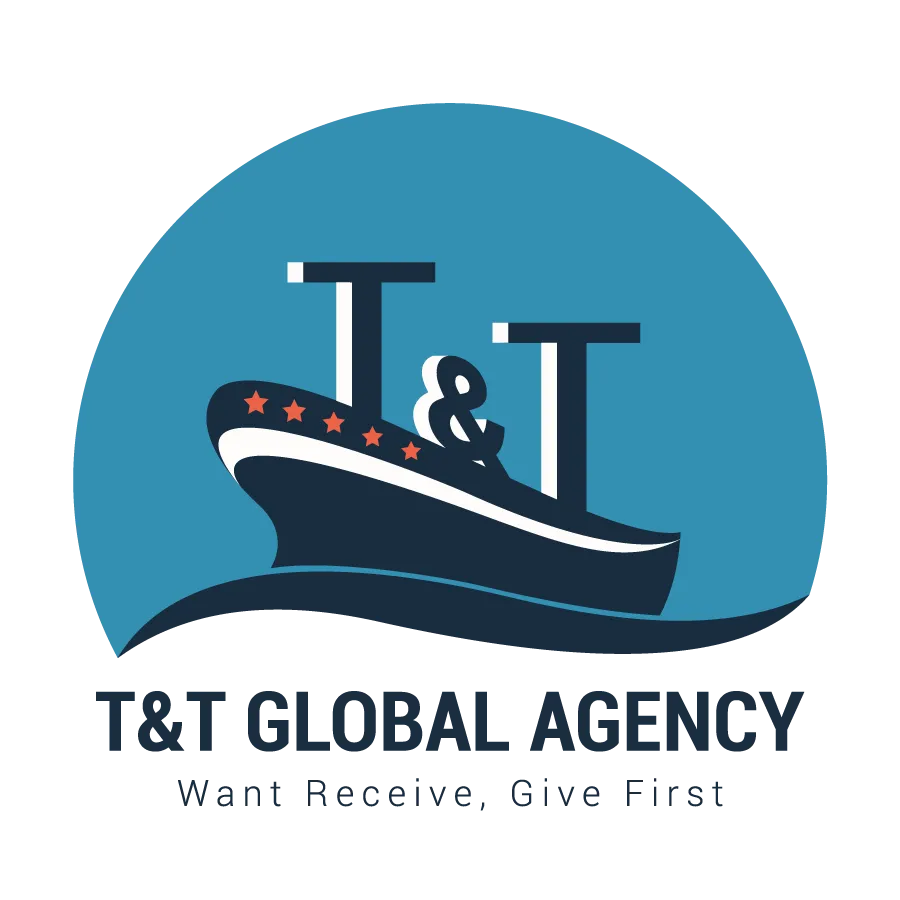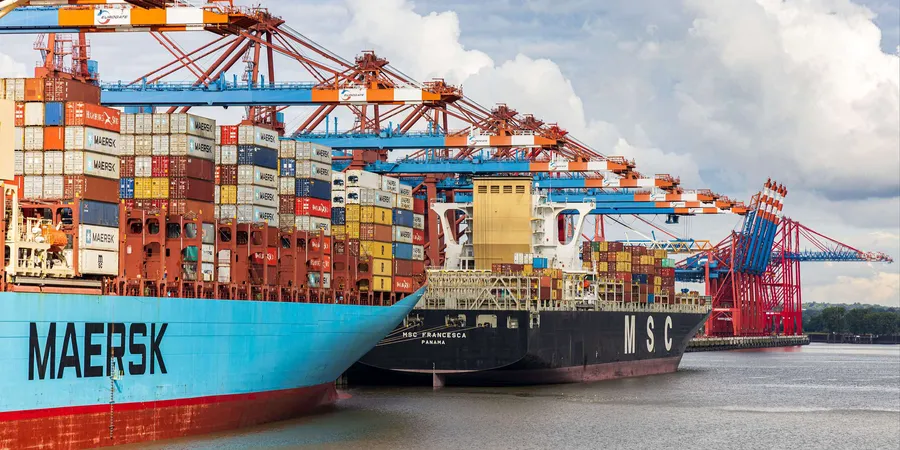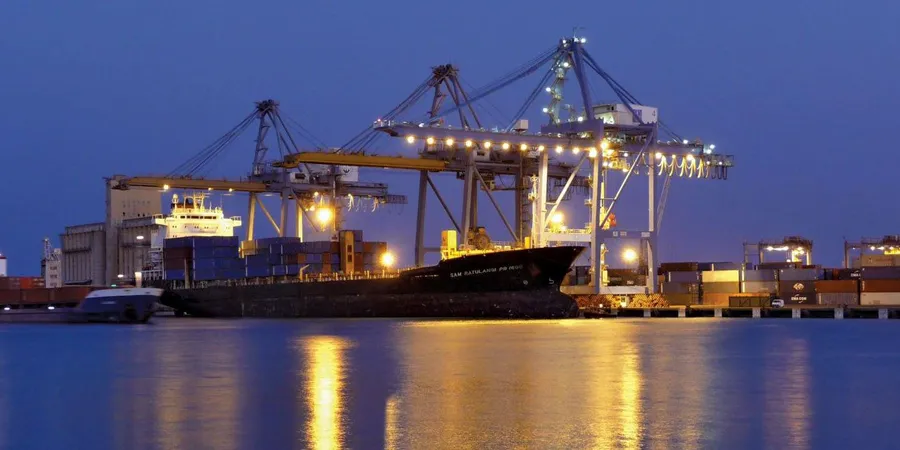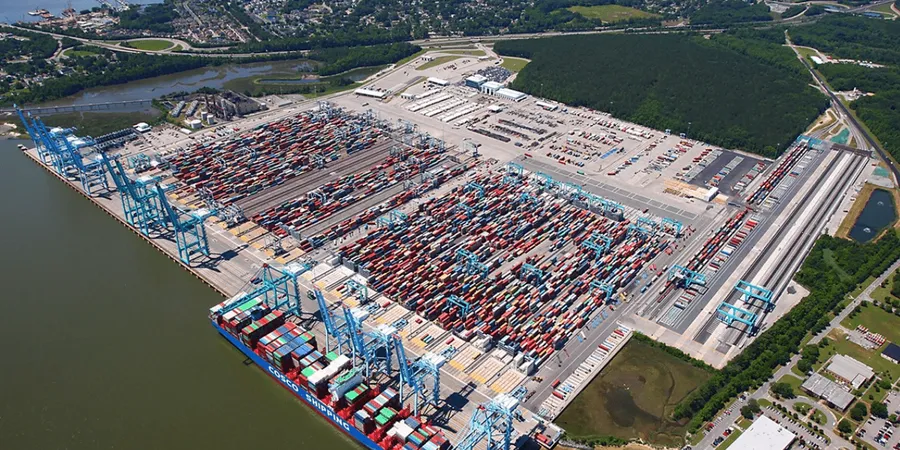NEWS
22/10
2021
APM Terminals has signed a Memorandum of Understanding (MoU) with the Chinese port equipment manufacturer Shanghai Zhenhua Heavy Industries Company Limited (ZPMC) to update its equipment through automation technologies.
22/10
2021
The largest container alliance in the world, 2M Alliance has decided to change the rotation of several services in Europe, due to port congestions and supply chain issues.
21/10
2021
The terminals at Port Sudan have ceased operations, according to MSC's announcement, creating uncertainty on the berthing prospects of the company's vessels and causing important delays.
19/10
2021
Port of Virginia has exceeded for the second consecutive month the 300,000TEU mark, while after the 307,000TEU record in August, it handled more than 306,210TEU in September, representing an increase of 19% over the same month of the previous year.
19/10
2021
Global exports over the last 3 years stand at an average of 18 trillion US Dollars. Businesses across the world deliver goods to their customers – both national as well as international, by various modes of transport. Good are transported over the road by trucks, by rail on freight trains, ocean freight on cargo ships, and by air on cargo flights.
16/10
2021
The Alliance, comprising Hapag-Lloyd, Yang Ming, Ocean Network Express (ONE) and HMM, has announced several changes in its Atlantic Loop (AL) services.
15/10
2021
MSC, the second-largest shipping company in the world, has fully adopted BIC Facility Codes (BFC) for all depots globally, moving one step further on the facilitation of the shipping industry's communications, as well as on digitalisation.
15/10
2021
MSC, the second-largest carrier in the world, will implement a new Peak Season Surcharge (PSS) from Northwestern (NWC) and ScanBaltic Europe to the port of Savannah in the United States.









